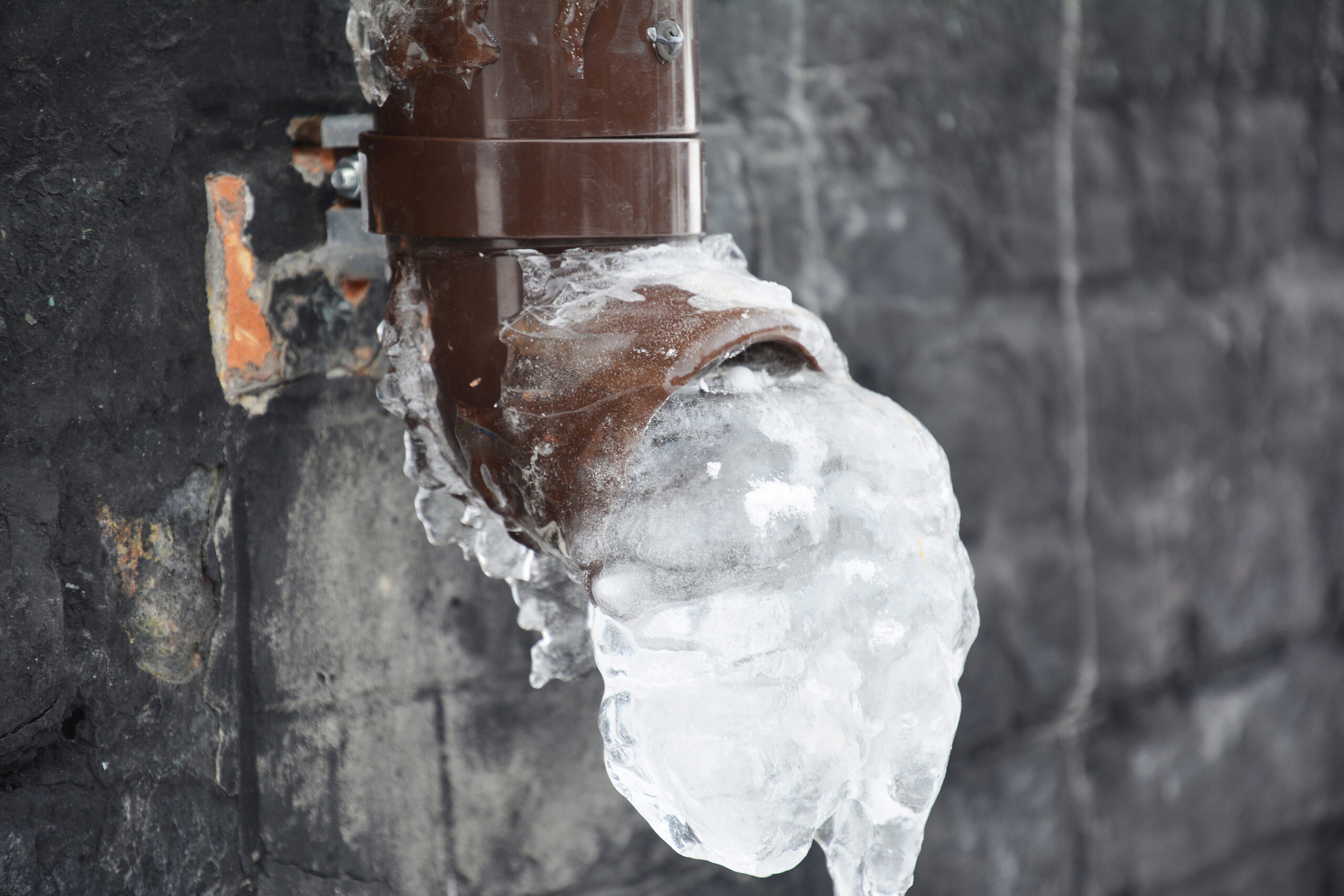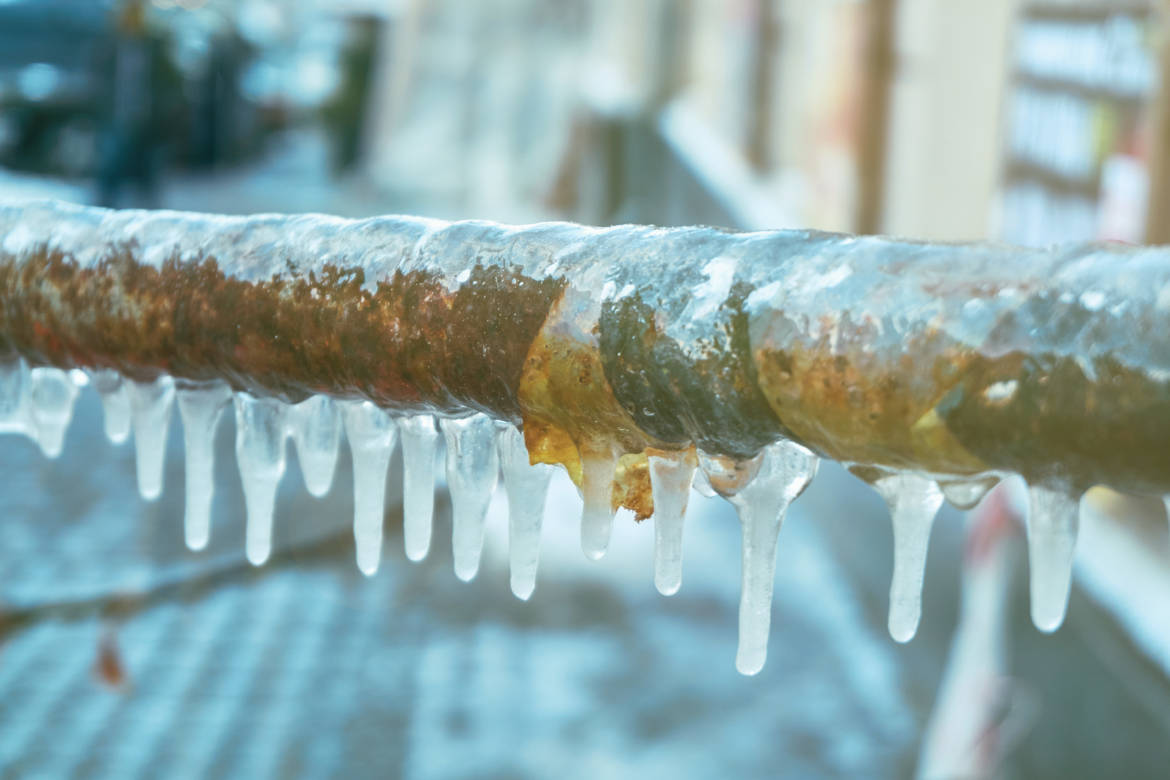Tips for Preventing Frozen Plumbing in Cold Weather: Specialist Insights
Tips for Preventing Frozen Plumbing in Cold Weather: Specialist Insights
Blog Article
We have discovered the article about Winter Plumbing Precautions: Preventing Frozen Pipes directly below on the web and felt it made sense to discuss it with you here.

Cold weather can ruin your pipes, specifically by freezing pipes. Here's just how to stop it from taking place and what to do if it does.
Introduction
As temperatures decrease, the danger of icy pipelines increases, potentially bring about expensive repair work and water damages. Understanding just how to avoid frozen pipelines is essential for property owners in cool climates.
Avoidance Tips
Protecting prone pipes
Wrap pipelines in insulation sleeves or utilize warmth tape to safeguard them from freezing temperature levels. Concentrate on pipes in unheated or exterior areas of the home.
Heating strategies
Maintain indoor rooms adequately heated, particularly locations with plumbing. Open closet doors to enable cozy air to distribute around pipes under sinks.
How to determine icy pipelines
Search for reduced water circulation from faucets, uncommon smells or sounds from pipes, and noticeable frost on exposed pipelines.
Long-Term Solutions
Structural changes
Think about rerouting pipelines away from exterior walls or unheated areas. Add added insulation to attics, cellars, and crawl spaces.
Updating insulation
Purchase high-quality insulation for pipes, attics, and wall surfaces. Correct insulation aids preserve regular temperature levels and reduces the risk of frozen pipes.
Safeguarding Outdoor Pipes
Yard tubes and outdoor faucets
Disconnect and drain pipes garden hose pipes prior to winter season. Set up frost-proof faucets or cover exterior faucets with shielded caps.
Understanding Frozen Pipelines
What causes pipelines to ice up?
Pipes freeze when exposed to temperature levels listed below 32 ° F (0 ° C) for extended periods. As water inside the pipes ices up, it expands, taxing the pipeline wall surfaces and potentially creating them to rupture.
Risks and damages
Icy pipes can bring about water system interruptions, home damage, and costly repair work. Ruptured pipes can flooding homes and create extensive structural damages.
Indications of Frozen Pipeline
Identifying frozen pipes early can prevent them from bursting.
What to Do If Your Pipelines Freeze
Immediate actions to take
If you think icy pipes, keep taps open to soothe pressure as the ice melts. Utilize a hairdryer or towels soaked in hot water to thaw pipes slowly.
Conclusion
Stopping frozen pipelines needs proactive actions and quick actions. By understanding the reasons, signs, and preventive measures, house owners can protect their plumbing throughout cold weather.
5 Ways to Prevent Frozen Pipes
Drain Outdoor Faucets and Disconnect Hoses
First, close the shut-off valve that controls the flow of water in the pipe to your outdoor faucet. Then, head outside to disconnect and drain your hose and open the outdoor faucet to allow the water to completely drain out of the line. Turn off the faucet when done. Finally, head back to the shut-off valve and drain the remaining water inside the pipe into a bucket or container. Additionally, if you have a home irrigation system, you should consider hiring an expert to clear the system of water each year.
Insulate Pipes
One of the best and most cost-effective methods for preventing frozen water pipes is to wrap your pipes with insulation. This is especially important for areas in your home that aren’t exposed to heat, such as an attic. We suggest using foam sleeves, which can typically be found at your local hardware store.
Keep Heat Running at 65
Your pipes are located inside your walls, and the temperature there is much colder than the rest of the house. To prevent your pipes from freezing, The Insurance Information Institute suggests that you keep your home heated to at least 65 degrees, even when traveling. You may want to invest in smart devices that can keep an eye on the temperature in your home while you’re away.
Leave Water Dripping
Moving water — even a small trickle — can prevent ice from forming inside your pipes. When freezing temps are imminent, start a drip of water from all faucets that serve exposed pipes. Leaving a few faucets running will also help relieve pressure inside the pipes and help prevent a rupture if the water inside freezes.
Open Cupboard Doors
Warm your kitchen and bathroom pipes by opening cupboards and vanities. You should also leave your interior doors ajar to help warm air circulate evenly throughout your home.

Do you really like reading about Helpful Tips to Prevent Frozen Pipes this Winter? Create a remark below. We will be happy to listen to your suggestions about this write-up. We are looking forward to see you back again later on. Don't hesitate to take the opportunity to share this blog posting if you enjoyed reading it. Thanks a lot for your time. Kindly come visit our site back soon.
Call Today Report this page